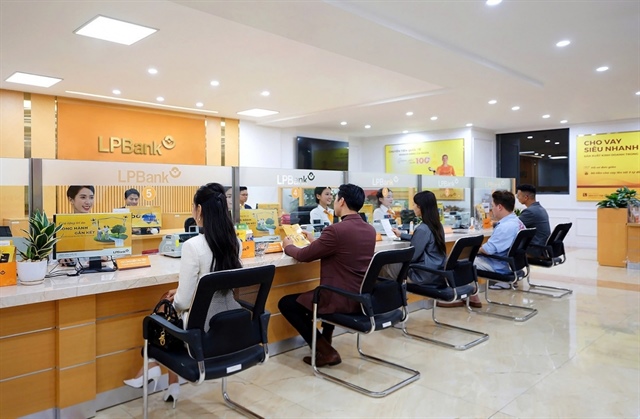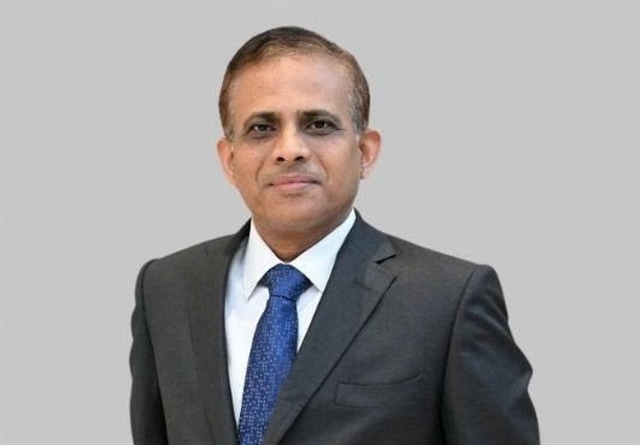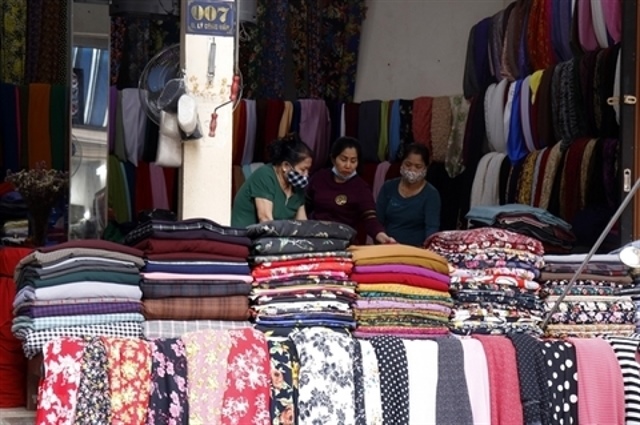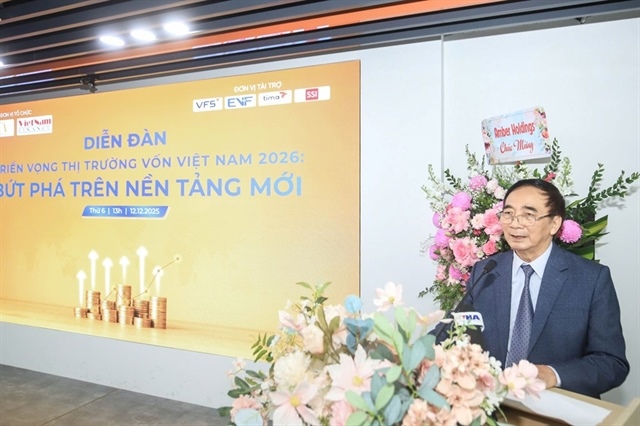Vietnamese bankers target foreign technologies, not foreign money
Vietnamese bankers target foreign technologies, not foreign money
The face of the banking system in Vietnam has changed a lot since April 2007 owing to the Vietnam’s admission to WTO. More and more foreign financial institutions wish to become the strategic shareholders of domestic banks.
Who benefits more than the other?
It’s clear that foreign bankers want to cooperate with domestic banks not only to make profit, but also to take full advantage of the large networks the domestic banks have developed. They also compete with domestic banks through 100 percent foreign invested bank branches.
With the watertight policy and bigger advantages, Vietnamese experts warned that foreign bankers would easily “crush” the domestic banks. However, the warning has not come true.
In the last five years, since the day the first two foreign banks, Standard Chartered and HSBC got licenses to become 100 percent foreign owned banks in Vietnam, domestic banks have been operating well.
The presence of foreign banks in Vietnam has not been a threat to domestic banks as previously thought. Domestic banks have their own advantages that foreign banks would have to spend a lot of time to build up.
For example, domestic banks have good relations with Vietnamese businesses, while Vietnamese people have got used to the services provided by domestic banks. Especially, they can well understand the business culture and psychology of Vietnamese clients, which allows them to design suitable products.
What to look for – financial benefits or human resource strategy?
Except the cooperation which was broken halfway, like the one between Sacombank and ANZ, and the unsuccessful cooperation plan between Dong A and Citi Bank, other strategic cooperation affairs have still been developing well. These include the ones between Vietnamese ACB and British Standard Chartered, SeABank and Societe General, OCB and BNP Paribas, Techcombank and HSBC, VIB and Commonwealth Bank.
Domestic banks not only have been benefiting from the support of the foreign partners in banking product development, banking service, financial capability improvement, corporate governance ability and technology utilization, but they have also been daring to apply new management models.
ACB, for example, has been applying the Personal Financial Consultant PFC of Standard Chartered at its system, considering this a highly valuable experience. Especially, ACB has set up a big billboard about the model right in the front of its head office, considering this a big advantage in sales. Meanwhile, SeABank has been applying Societe Generale’s risk management model.
The examples show that Vietnamese bankers join hands with foreign ones not only because of financial benefits. They need foreign technologies more than foreign money.
Especially, SeABank has appointed a Societe Generale’s expert to the position of Risk Management Director and gave the veto power to French specialists in the bank’s specialists’ committee.
Commenting about the move, experts say domestic bankers have become “abreast of the times.” Sources said that with the support of Society Generale, SeABank has joined the two international card institutions, Visa and Master, sooner than previously planned.
It’s clear that domestic banks have “gained” many things in the cooperation relationship with foreign banks, especially the competitive edges which they cannot easily buy with money.
Experts have warned that it would be risky to allow the foreign partners to deeply get involved in the banks’ operation activities while still keeping the dominance. The cultural differences, language barriers and the differences in the ways of thinking prove to be the big obstacles for the two sides’ cooperation to go smoothly
vietnamnet























